Research shows that hormones from a doe’s reproductive tract and associated vaginal secretions during the time of estrus are primary sexual attractants.
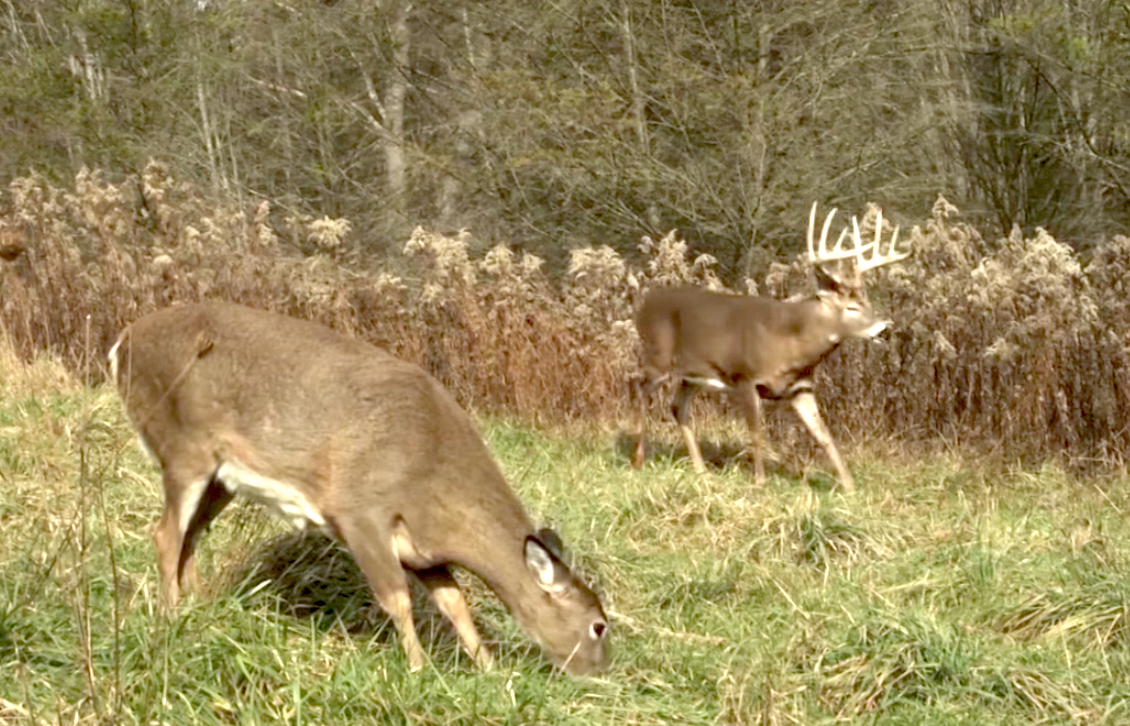
Have you ever watched a deer from your stand and wondered, “Why do they do that?” Whitetails are fascinating creatures, and understanding the many facets of their behavior enhances this addicting pursuit. Learn all about deer behavior and biology from the top biologists in the country.
Have you ever watched a deer from your stand and wondered, “Why do they do that?” Whitetails are fascinating creatures, and understanding the many facets of their behavior enhances this addicting pursuit. Learn all about deer behavior and biology from the top biologists in the country.

Research shows that hormones from a doe’s reproductive tract and associated vaginal secretions during the time of estrus are primary sexual attractants.

Bucks and does of all ages are readily attracted to man-made signposts, but what else can these fake rubs tell hunters about whitetail behavior?

A recent scientific study showed that some white-tailed deer are genetically resistant to chronic wasting disease, which is found in 22 states.

Examining your deer from head to hoof can give you insights on the herd and may help you understand more about them and your management strategy.
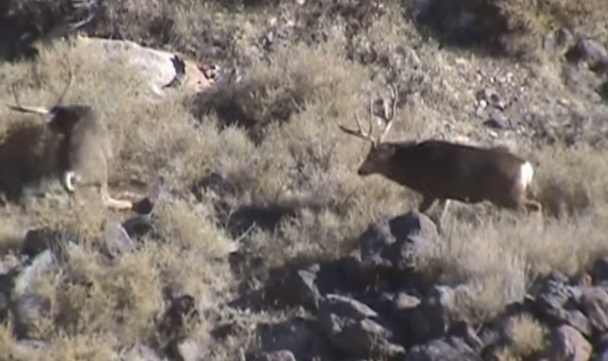
Two giant bucks fight to the death in a startling video that shows the cycle of life.

Different species, even closely related ones, are normally kept from crossbreeding by geographical isolation but whitetail and mule deer are unique.
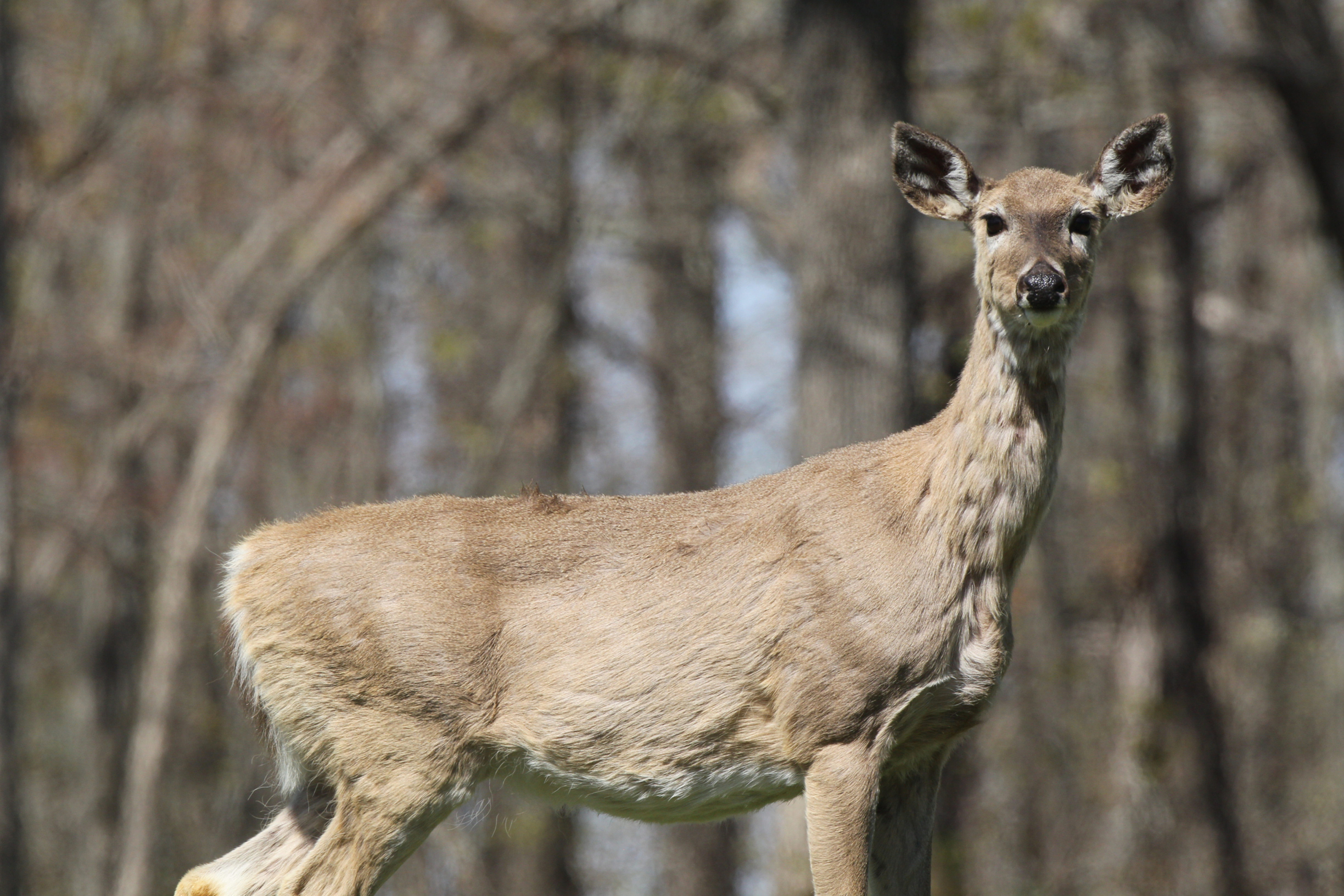
White-tailed deer populations are on the decline nationwide. Although the reasons vary regionally, some experts suggest diseases such as chronic wasting disease (CWD) are a contributing factor — at least in specific areas.

It pays to scout and hunt unlikely areas! Here are 6 great tips about how rifle hunters can pluck monster bucks from unsightly, overlooked real estate.
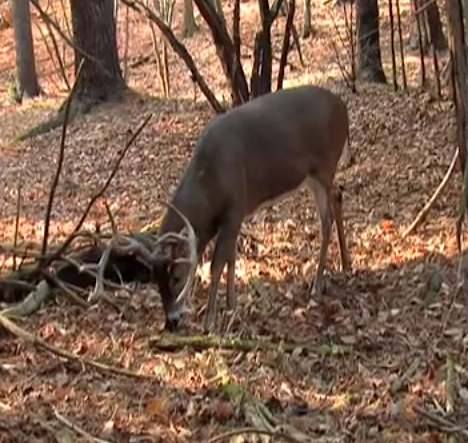
Acorns, persimmons and other mast are the candy of the forest that deer and deer hunters seek each autumn.
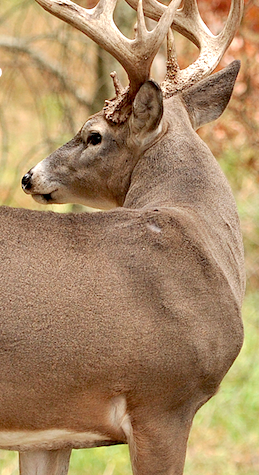
White-tailed deer are a prey species. Their sight, hearing and sense of smell are especially adapted to evade predators, human hunters included. While the whitetail’s ability to hear and smell potential danger is probably most critical for survival purposes, I’ve been impressed by their ability to detect even the slightest bit of potentially dangerous movement. […]